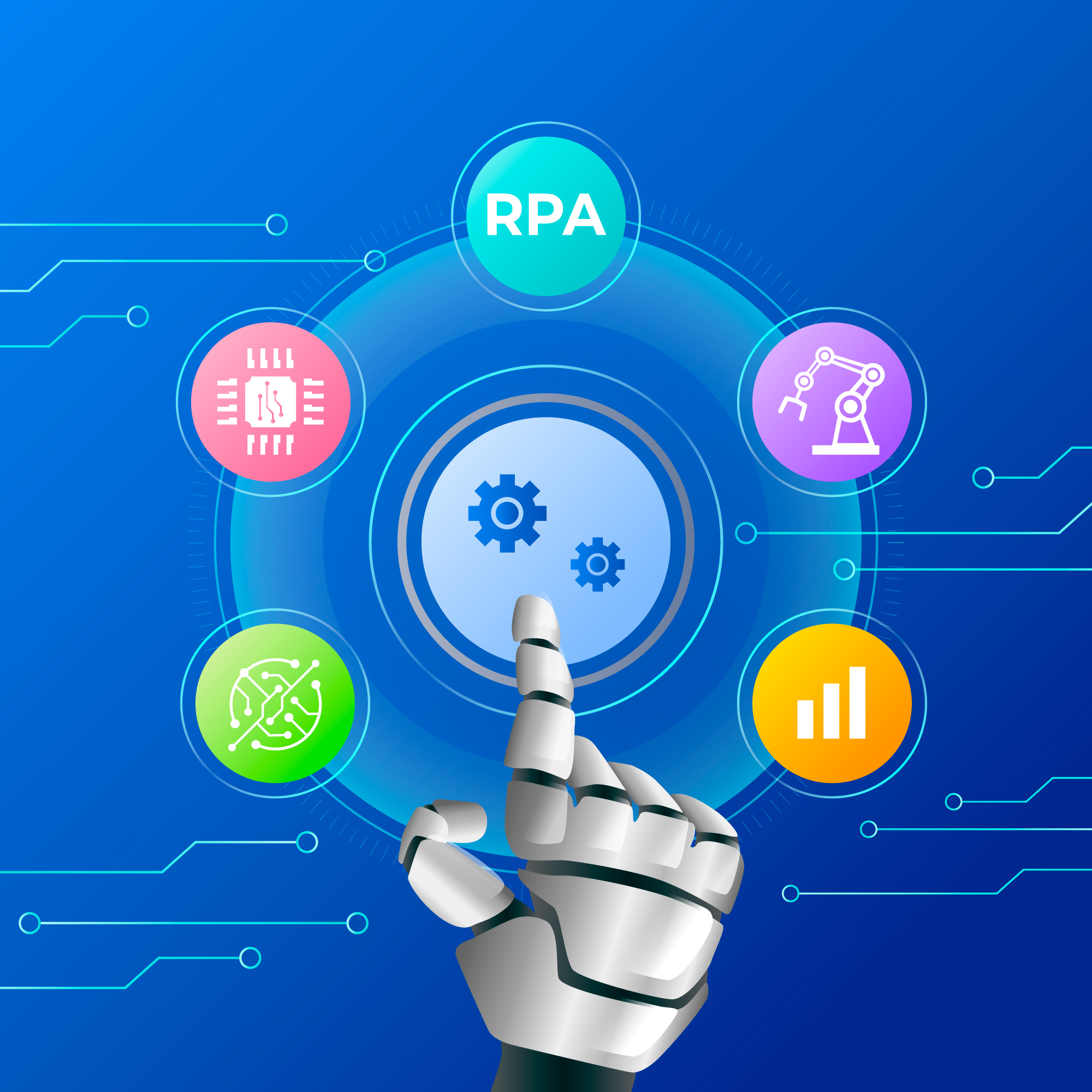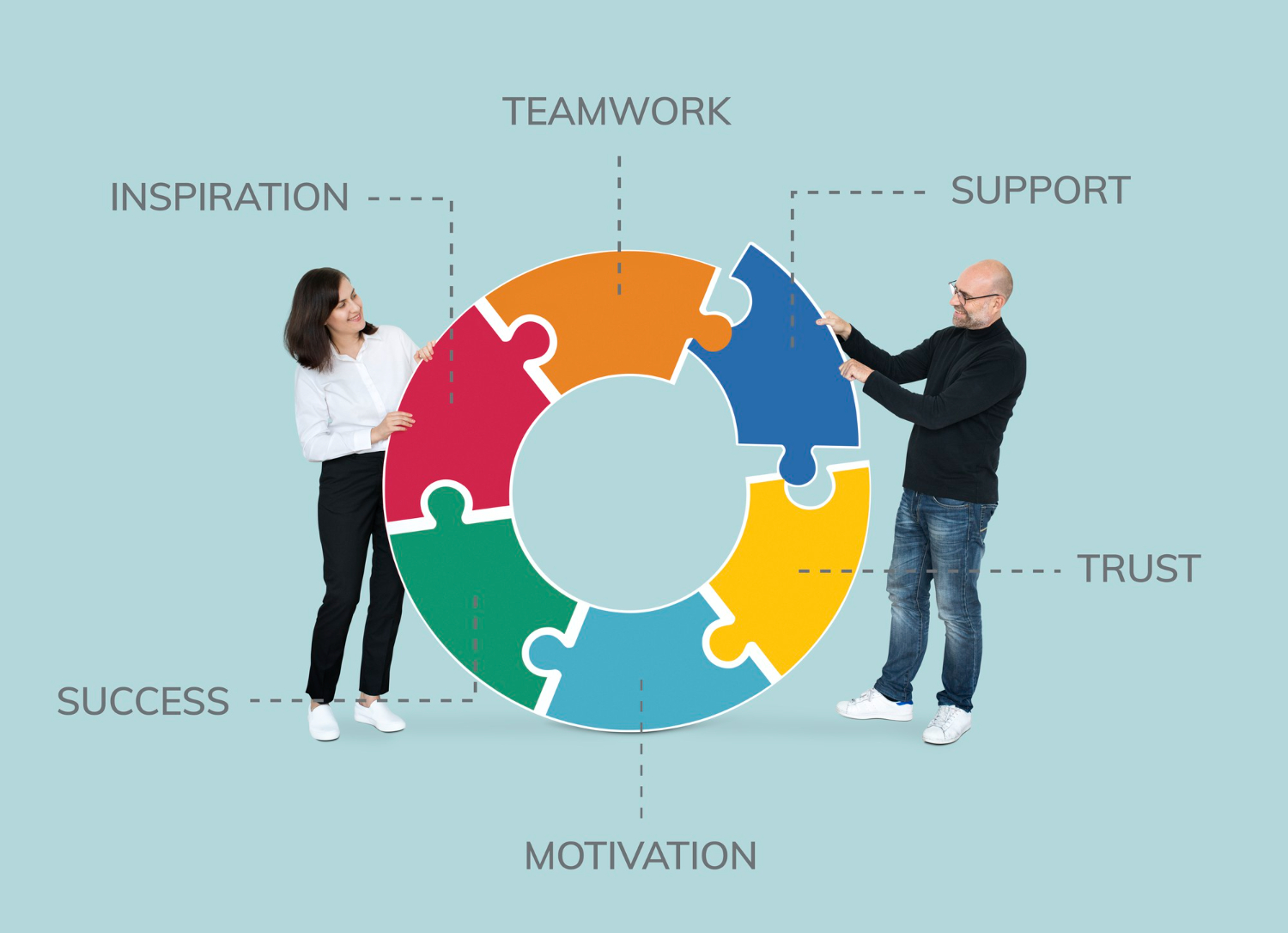When you manage artificial intelligence systems, it often feels like you are juggling spinning plates. One wrong move, and something breaks—usually your compliance record. That is where Model Lifecycle Governance comes in. In Australia, as regulations tighten around artificial intelligence and data use, having a structured approach to model management is not optional. It is essential for accountability, fairness, and long-term trust.
This guide will walk you through what Model Lifecycle Governance means, how it connects with compliance, and why tools like Governa AI can help you bring structure and peace of mind to your artificial intelligence operations.
What Is Model Lifecycle Governance?
Think of Model Lifecycle Governance as the quality control system for your artificial intelligence models. It tracks and manages the entire journey of a model—from its creation and training to deployment and retirement.
In simple terms, it answers the questions:
- Who built this model?
- What data was used?
- How was it tested?
- Is it still performing as expected?
- Who is responsible if something goes wrong?
For compliance officers, data protection specialists, and risk managers, these questions are not just academic—they are mandatory checkpoints. The goal is to maintain accountability, transparency, and traceability throughout the artificial intelligence model lifecycle.

Why Model Lifecycle Governance Matters for Compliance
Australian businesses face increasing pressure from regulatory bodies to prove that their artificial intelligence systems are lawful, ethical, and well-documented. Frameworks like the AI Ethics Principles by the Australian Government emphasize fairness, privacy, and reliability. Without proper governance, meeting these standards becomes a guessing game.
Model Lifecycle Governance provides:
- Visibility – A clear record of model ownership, training data, and decision logic.
- Auditability – Documentation that satisfies legal and compliance audits.
- Consistency – Standardized processes that prevent human error.
- Accountability – Defined roles and responsibilities for artificial intelligence oversight.
Imagine trying to audit a model without governance—it is like trying to find your keys in a dark room. Governance turns on the lights.
Core Components of Model Lifecycle Governance
To understand Model Lifecycle Governance, you must know its main components. Each phase in the lifecycle carries its own risks and responsibilities.
1. Model Design and Development
This phase sets the foundation. It involves defining objectives, data sources, and performance criteria.
You need clear documentation showing:
- What the model is designed to do
- What data it will use
- What assumptions were made
Using AI model management tools from Governa AI, you can track these details easily. Every model starts with a documented purpose and justification—no guesswork allowed.
2. Data Management and Quality Control
The old saying “garbage in, garbage out” fits perfectly here. The quality of your artificial intelligence model depends on the quality of your data.
Strong data governance ensures that:
- Data is ethically sourced and compliant with privacy laws.
- Bias detection measures are in place.
- Data transformations are documented.
When you apply AI data management policies early, you save yourself from costly mistakes later. Governa AI helps you apply consistent data quality standards so that your models remain fair and reliable.
3. Model Training and Validation
Once your data is ready, you move into model training. Here, governance helps monitor the process—keeping detailed records of algorithms used, parameters adjusted, and metrics evaluated.
Validation should not be a one-time event. Instead, think of it as regular health check-ups for your artificial intelligence. You would not trust a car that has never been serviced, right? The same logic applies here.
Your validation reports must include evidence that the model behaves as intended and meets both ethical and legal expectations.
4. Model Deployment and Monitoring
Deploying an artificial intelligence model into production can feel like releasing a wild horse—you hope it behaves, but you still keep an eye on it.
Effective MLOps governance means setting up systems that:
- Monitor model drift (when predictions start changing unexpectedly).
- Track performance over time.
- Flag any deviations from approved behavior.
With Governa AI, you can automate much of this oversight. Alerts and reports keep your compliance team informed so that small issues are corrected before they turn into serious risks.
5. Model Review, Retirement, and Archiving
Every model has a shelf life. As data changes and business goals evolve, old models can become outdated or biased.
Governance policies should define:
- How often models are reviewed.
- When they should be retired or retrained.
- How historical versions are archived.
Archiving is more than just storage—it provides proof that your organization acted responsibly throughout the lifecycle.
The Role of AI Compliance Software in Governance
AI compliance software acts as your digital command center. It tracks version histories, manages approvals, and produces reports for auditors.
Governa AI integrates all these capabilities, helping you meet Australian standards for artificial intelligence transparency and accountability. Instead of manually updating spreadsheets or chasing developers for documentation, you get centralized visibility into every stage of your model lifecycle.
Some benefits include:
- Automated compliance reporting
- Role-based access control
- Real-time performance monitoring
- Traceable audit logs
In short, it helps your compliance and risk teams sleep better at night.
Building a Governance Framework That Works
Now that you understand the components, how do you build a governance framework that fits your organization?
Here is a simple, structured approach:
Step 1: Define Roles and Responsibilities
Who is accountable for what?
Assign clear ownership for data, models, and compliance reporting. This step avoids confusion later.
Step 2: Create Standardized Documentation
Templates save time and maintain consistency. Every project should have a defined record of purpose, design, validation, and deployment.
Step 3: Establish Review and Approval Gates
Before moving a model to the next stage, require approvals from compliance or data protection officers.
Step 4: Use AI Model Management Tools
This is where Governa AI shines. It gives you a unified platform for managing workflows, model assets, and reporting.
Step 5: Regularly Audit and Update
Regulations change, and so should your governance framework. Schedule periodic reviews to align with Australian AI guidelines.
Common Challenges in Model Lifecycle Governance
Governance is not without its hurdles. Here are a few that many Australian organizations face:
- Fragmented Documentation – Information scattered across teams makes it hard to maintain compliance.
- Lack of Ownership – When everyone is responsible, no one is accountable.
- Unclear Audit Trails – Without proper tools, tracking model history is nearly impossible.
- Bias and Fairness Concerns – Poor data quality leads to biased outcomes, damaging credibility.
Using centralized governance software helps reduce these risks and brings structure to a complex process.

How Governa AI Supports Australian Compliance
Australian data protection and artificial intelligence regulations prioritize ethics, fairness, and security. Governa AI aligns perfectly with these expectations by offering structured workflows that support:
- AI Ethics Principle compliance
- Privacy Act adherence
- Transparency in decision-making
- Automated documentation and reporting
By adopting Governa AI, your organization gains a reliable partner for managing every stage of the artificial intelligence lifecycle, from conception to retirement.
Practical Tips for Strengthening Your Governance
- Keep it simple: Overly complex policies discourage adoption.
- Train your teams: Governance is only effective when everyone understands their role.
- Use metrics: Track compliance and performance indicators regularly.
- Communicate openly: Encourage feedback from your data scientists and compliance teams.
- Plan for change: Stay updated with new Australian artificial intelligence regulations.
A strong governance system grows with your organization. Think of it as a living document rather than a rigid rulebook.
Future of Model Lifecycle Governance in Australia
With artificial intelligence rapidly influencing every sector—from finance to healthcare—regulators are watching closely. Future laws will likely require more transparency around data sourcing, explainability, and decision-making processes.
Organizations that adopt governance early will have a head start. Those that wait might find themselves scrambling to meet compliance deadlines.
By integrating AI model management and MLOps governance under a structured framework like Governa AI, you prepare your business not just for today’s rules but also for tomorrow’s expectations.
Conclusion: Governance Is Not Just Compliance—It Is Confidence
Good governance builds trust—not just with regulators, but with your customers and stakeholders. When you know your models are well-managed, documented, and compliant, you can operate with confidence.
Whether you are a data governance specialist or a legal advisor, your goal is to protect both innovation and integrity. Model Lifecycle Governance gives you the roadmap to do exactly that.
Visit Governa AI today to learn how you can bring structure, transparency, and compliance control to your artificial intelligence systems.
Ready to take control of your artificial intelligence compliance strategy? Visit Governa AI and discover how structured governance can make your artificial intelligence operations reliable, compliant, and future-ready.






.jpg)



